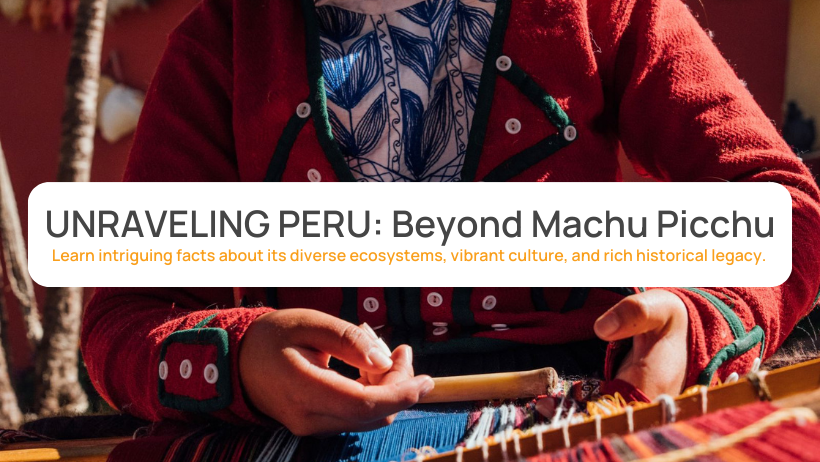Welcome Travelers! Be prepared to know the Fun Facts about Peru! Some of them are really interesting! From being the magical land of the potato (3500 varieties), the promised land of the alpacas and being the refuge of Machu Picchu and its secrets. Brace yourself for a whirlwind of knowledge that will leave you in awe and make you want to pack your bags and set off to explore the wonders of Peru!
Perched on the western coast of South America, Peru is a land of remarkable diversity. From the breathtaking peaks of the Andes to the lush depths of the Amazon rainforest, this country is a treasure trove of natural and cultural marvels. Let’s delve into the fascinating world of Peru and uncover its hidden gems, intriguing traditions, and astonishing achievements.
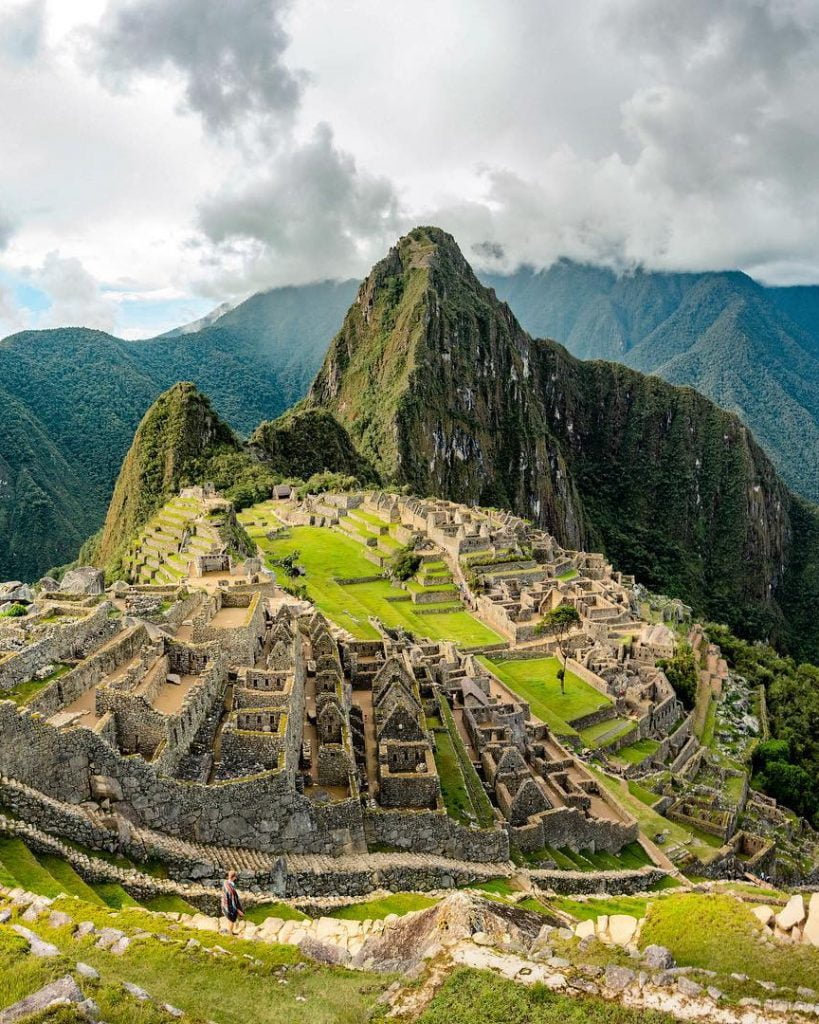

Table of Contents
Our TOP 13 Favorite Interesting and Fun Facts About Peru
1. Lake Titicaca isn’t the highest lake in the world
When it comes to magnificent lakes, Lake Titicaca in Peru is undoubtedly a gem worth marveling at. But did you know that it’s not the highest lake in the world? Surprising, isn’t it? While Lake Titicaca is situated at an impressive elevation of 12,507 feet (3,812 meters) above sea level, it falls just short of claiming the title of the highest lake. That distinction belongs to Lake Ojos del Salado, located in the Andes Mountains between Chile and Argentina. Nonetheless, Lake Titicaca’s sheer beauty, rich history, and the floating islands of Uros make it an unforgettable destination for travelers seeking a unique experience. That means it’s the highest navigable lake in the world!
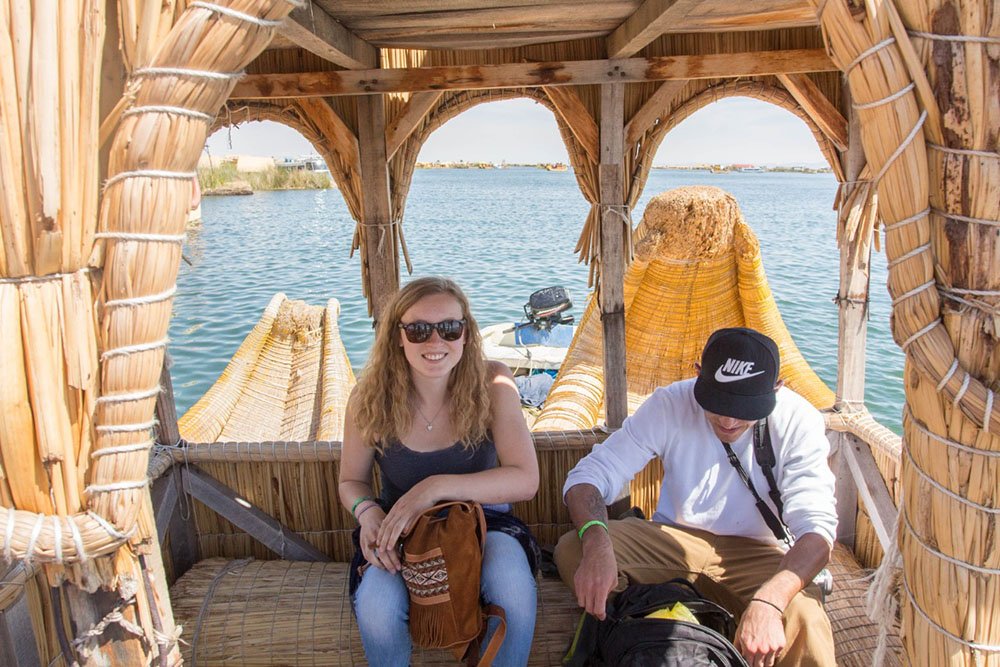

2. Peru is a megadiverse country
Prepare to be amazed by the incredible biodiversity that thrives within the borders of Peru. This captivating country is considered a megadiverse nation, placing it among the world’s top biodiversity hotspots. The sheer variety of ecosystems and climates within Peru’s borders gives rise to an astounding array of plant and animal species. Whether you’re a bird enthusiast, a wildlife photographer, or simply someone who appreciates the wonders of the natural world. Peru offers endless opportunities to immerse yourself in its awe-inspiring biodiversity.
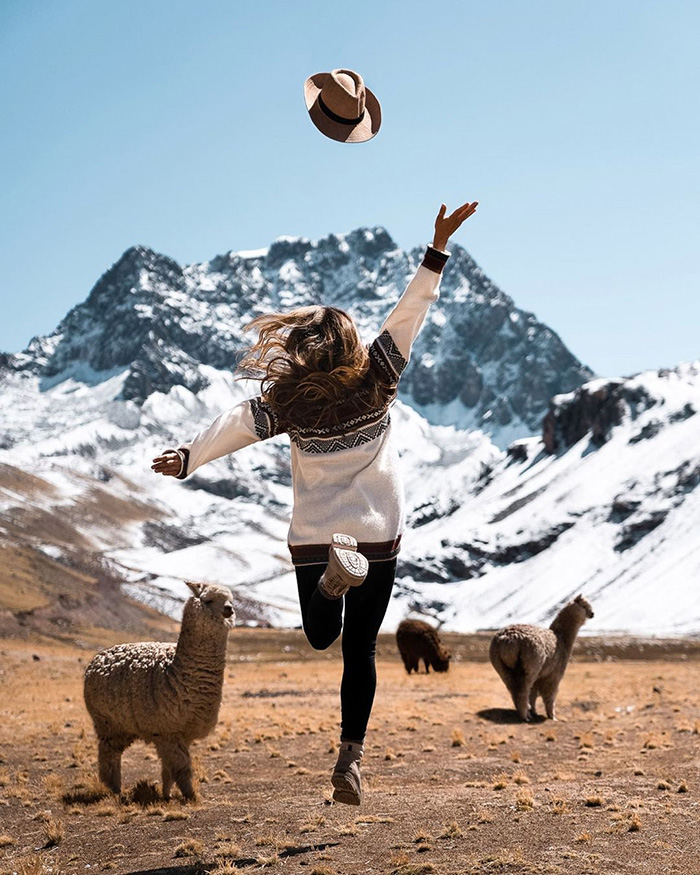

3. Four percent of the world’s freshwater is in Peru
Water, the lifeblood of our planet, is a precious resource that we must cherish and protect. Peru is blessed with an abundance of this vital element, as it is home to a staggering four percent of the world’s freshwater resources. From the majestic rivers that flow through the Andean valleys to the shimmering lakes nestled amidst the mountains. The Peru’s waterways are not only breathtaking but also vital for the country’s ecosystems and communities. The mighty Amazon River, born within the borders of Peru, carries not only an immense volume of water but also the secrets of the rainforest. This wealth of freshwater is not only a testament to Peru’s natural splendo. Also is a reminder of the importance of conservation and sustainable practices to safeguard this invaluable resource for future generations.
4. The source of the Amazon River is actually in Peru
Prepare to be astounded! Contrary to popular belief, the legendary Amazon River doesn’t start its majestic journey in Brazil, as one might assume. The true source of this awe-inspiring river lies deep within the Peruvian Andes. The Apurimac River. Its originating from glacial meltwater high in the Andean peaks, is considered the primary source of the Amazon River. It cascades down the mountains, gathering strength and volume as it carves its way through the Peruvian landscape. Eventually, it will merge with other tributaries to form the mighty Amazon. This incredible fact adds another layer of significance to Peru’s natural wonders. Also is a destination of unparalleled natural beauty and geological marvels.
5. 13% of the Amazon Rainforest is found in Peru
Calling all nature enthusiasts and adventure seekers! Peru is not only home to the source of the Amazon River. Also, boasts a significant portion of the Amazon Rainforest. Approximately 13% of the Amazon Rainforest’s vast expanse thrives within the borders of Peru. This country is one of the best countries to experience the wonders of this unparalleled ecosystem. Imagine walking through dense foliage, listening to the symphony of exotic birds and creatures, and witnessing the sheer majesty of towering trees and winding rivers. Peru offers a gateway to the heart of the Amazon. There you can explore its secrets, marvel at its biodiversity, and immerse yourself in the captivating beauty of one of the world’s most vital and breathtaking ecosystems.
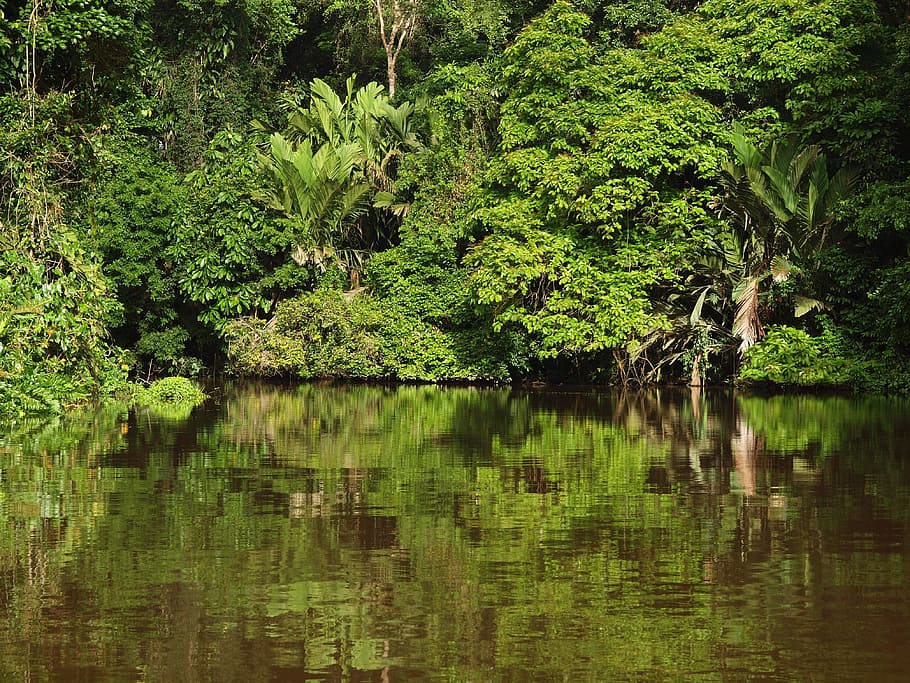

6. A large portion of the Andes lies in Peru
Rising proudly along Peru’s spine, the majestic Andes Mountains have shaped the country’s landscapes, culture, and history. Peru claims a significant portion of this mountain range. The Peruvian Andes are not only a sight to behold but also hold a wealth of natural wonders. It including towering peaks, sparkling glaciers, and picturesque valleys. This mountainous region has played a central role in shaping the cultural and spiritual traditions of Peru’s indigenous communities. From the legendary ruins of Machu Picchu to the mystical beauty of the Sacred Valley. The Andes provide an extraordinary backdrop for exploration and adventure in Peru.
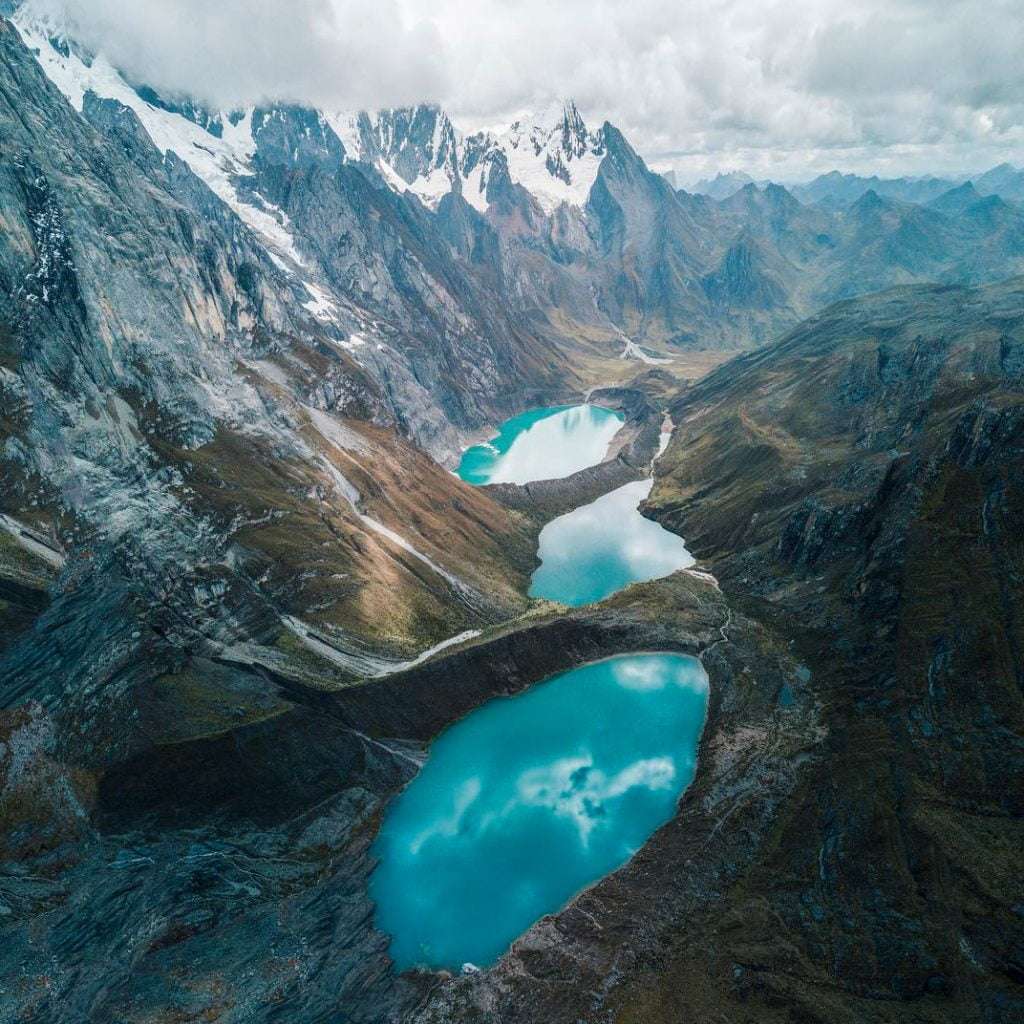

7. Peruvians speak Spanish and a whole lot of other languages
¡Hola! While Spanish is the official language of Peru, the linguistic tapestry of this vibrant country is far more diverse. In addition to Spanish. Peru is home to a multitude of indigenous languages that reflect the rich cultural heritage of its people. Quechua, an ancient Incan language, is widely spoken, particularly in rural areas and among indigenous communities. Aymara, another indigenous language, is also prevalent in certain regions of Peru. These languages, intertwined with Spanish. They serve as a testament to the country’s multicultural fabric. Also it highlight the importance of preserving and celebrating Peru’s linguistic diversity.
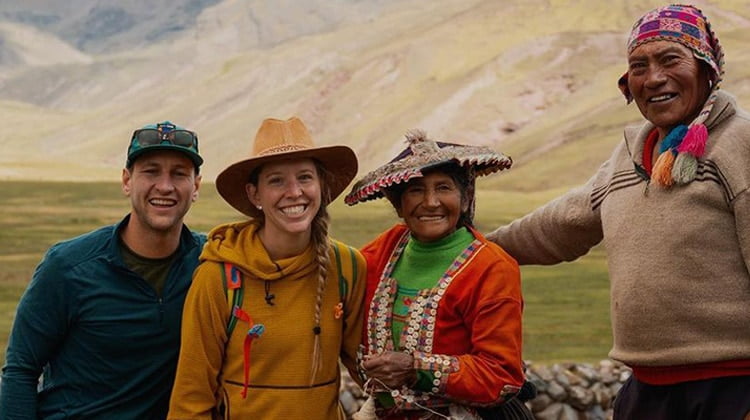

8. Though officially Catholic, many Amerindian traditions continue
Peru’s cultural tapestry is a fascinating blend of indigenous traditions and colonial influences. While Catholicism is the predominant religion in Peru. The country’s indigenous communities have managed to preserve and integrate their ancestral beliefs and practices into their daily lives. This fusion of Catholicism and indigenous spirituality is evident in festivals, rituals, and ceremonies held throughout the country. Traditional practices. Such as offerings to Pachamama (Mother Earth) and ancient agricultural rituals. Continue to play a vital role in the lives of many Peruvians. This unique blend of religious and cultural practices adds depth and richness to Peru’s cultural heritage. It also provides visitors with a captivating glimpse into the country’s indigenous roots.
9. Machu Picchu was actually a private estate for the Inca emperor
Prepare to step back in time and unravel the mysteries of one of the world’s most iconic archaeological sites. Machu Picchu, often referred to as the “Lost City of the Incas.” Is a testament to the architectural brilliance and engineering prowess of the Inca civilization. Contrary to popular belief, this ancient citadel was not a bustling city or a religious center. Instead, it served as a private estate for the Inca emperor, Pachacuti. Tucked away high in the Andes Mountains, Machu Picchu offered a sanctuary for the emperor and his closest confidants, surrounded by breathtaking views and carefully constructed terraces. Today, this UNESCO World Heritage site stands as a testament to the ingenuity and grandeur of the Inca civilization. Many people from around the world, come to Machu Picchu to marvel at its beauty and unravel its secrets.
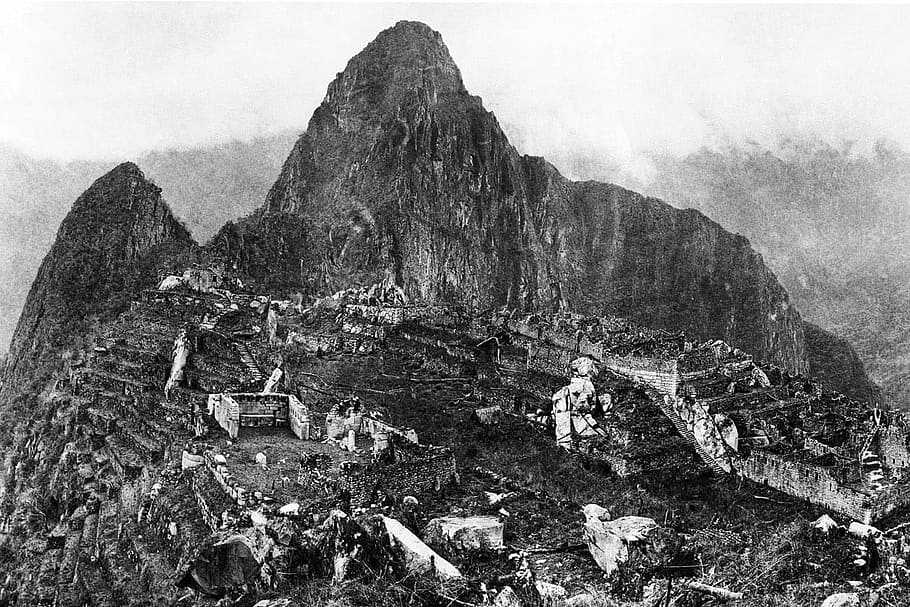

10. Salt farming is still practiced the same way as the Incas
Step into the mesmerizing world of Maras, a small town nestled in the Sacred Valley of the Incas. Here, you will discover a fascinating tradition that has withstood the test of time. Salt farming, a practice passed down through generations, continues to be carried out in the same way as it was during the time of the Incas. The famous Maras salt mines, comprising thousands of intricately terraced pools, are fed by a natural spring that contains high mineral content. As the water evaporates under the Andean sun, the salt crystals gradually form, creating a stunning spectacle of white pools against the backdrop of the surrounding mountains. This traditional method of salt production not only provides a livelihood for the local community but also showcases the remarkable ingenuity and wisdom of the Incas, who mastered the art of harnessing nature’s gifts.
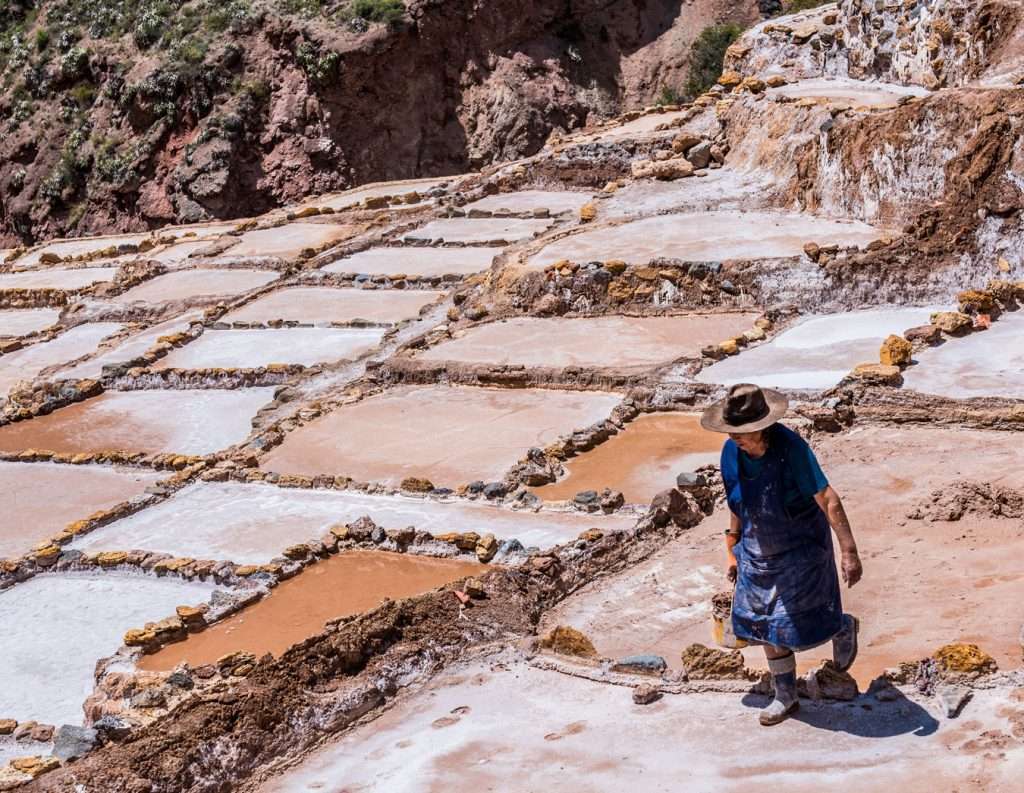

11. Peru changed its currency twice in the 1980s and ’90s
In the realm of economics and finance, Peru has an intriguing history when it comes to its currency. During the late 1980s and early 1990s, the country experienced significant economic instability and hyperinflation. As a result, Peru underwent two major currency changes during this period. In 1985, the Inti was introduced to replace the Sol as the official currency. However, due to continued economic challenges, the Inti was eventually replaced by the Nuevo Sol in 1991. This currency transition aimed to stabilize the economy and restore confidence in the financial system. Today, the Nuevo Sol has been replaced by the Peruvian Sol (PEN), which is the official currency of Peru.
12. Ancient Peruvians used to talk with knots
Imagine a world where conversations were woven into intricate knots. This fascinating linguistic system, known as “quipu,” was developed by the ancient Peruvians, particularly the Incas. Quipus consisted of colored strings tied in various knots and patterns, serving as a means of communication, record-keeping, and accounting. Different knot combinations represented different information, such as numbers, dates, and even narratives. While the precise interpretation of quipus remains somewhat of a mystery, their significance as a sophisticated form of communication sheds light on the intellectual achievements of ancient Peruvian civilizations. This unique method of encoding information showcases the ingenuity and creativity of the ancient Peruvians, who devised a complex system without the use of written language.
13. Ceviche originated in Peru
Prepare your taste buds for a culinary delight! Ceviche, a refreshing and zesty dish made with raw fish or seafood marinated in citrus juices, is a beloved Peruvian specialty. In fact, Peru is widely regarded as the birthplace of ceviche. The combination of fresh seafood, tangy lime juice, onions, and vibrant Peruvian chili peppers creates a burst of flavors that tantalize the palate. This mouthwatering delicacy reflects the coastal influences and abundance of fresh seafood found along Peru’s Pacific coastline. Whether you’re strolling through the streets of Lima or exploring a coastal town, indulging in a plate of ceviche is a must-do culinary experience that will transport you to the heart of Peru’s vibrant gastronomic culture.
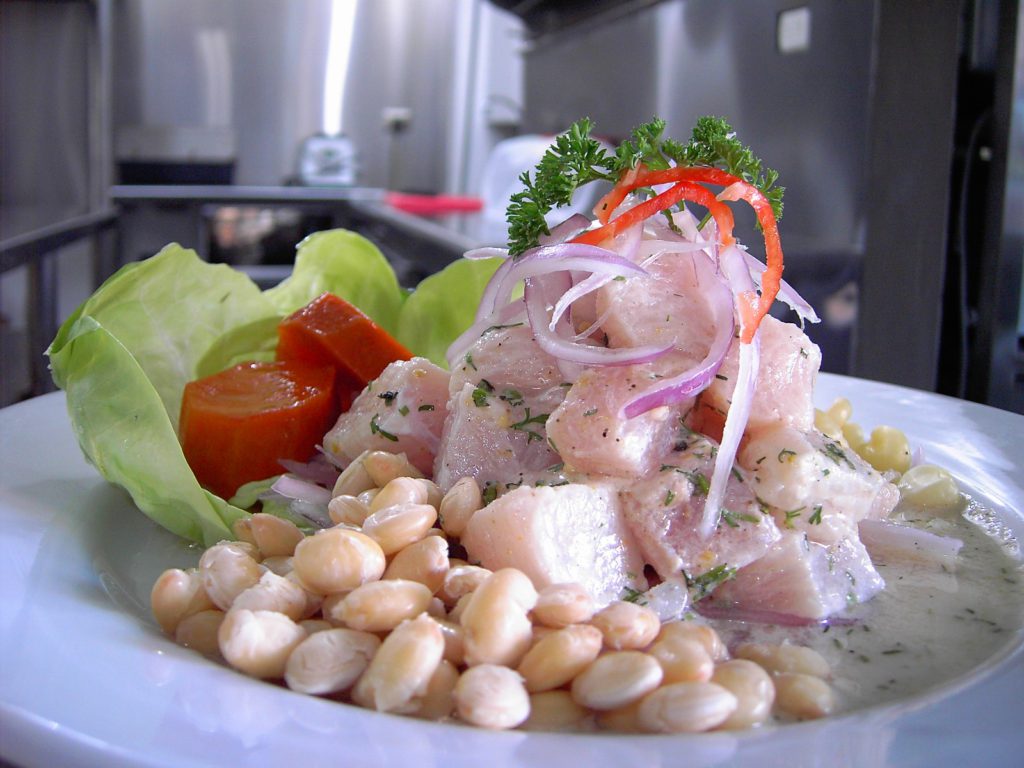

Peru, a land of ancient wonders, breathtaking landscapes, and vibrant traditions, has a captivating story to tell. From the depths of the Amazon rainforest to the soaring heights of the Andes, this remarkable country invites you to immerse yourself in its natural splendor, rich heritage, and warm hospitality. Prepare to be enchanted by Peru’s treasures and create memories that will last a lifetime.
More about Peru
- Peru is located in western South America and is bordered by five countries: Ecuador, Colombia, Brazil, Bolivia, and Chile.
- The official name of Peru is the Republic of Peru.
- Lima is the capital and the largest city in Peru.
- Peru was home to the ancient Inca Empire, one of the most powerful civilizations in pre-Columbian America.
- Machu Picchu, an Incan city preserved in the Andes Mountains, is one of the most famous archaeological sites in the world.
- The national animal of Peru is the Vicuña, a camelid native to South America that produces some of the world’s most expensive wool.
- Peru is the third-largest country in South America, after Brazil and Argentina.
- The Amazon Rainforest covers approximately 60% of the country and represents only 13 of the Amazon Rainforest.
- Peru grows more than 55 varieties of corn, ranging in color from purple to white.
- There are over 3,500 different varieties of Potato in Peru. The potato is originally from Peru and was taken to Europe in the 16th century.
- In Peru, it’s traditional to give friends and family yellow underwear on New Year’s Eve for good luck.
- Cuy, or guinea pig, is a traditional delicacy in Peru, yup! Actually taste super good 🙂
- Peru has the highest sand dune in the world, Cerro Blanco, located in the Sechura Desert.
- The Nazca Lines, large geoglyphs created by ancient civilizations, can be found in the Nazca Desert in southern Peru.
- Llamas and alpacas, which are native to Peru, are commonly seen throughout the country.
- Peru is one of the world’s top producers of silver, copper, lead, and zinc.
- Peru’s national drink is Pisco, a type of brandy. Try the Pisco Sour!!!
- The country’s national bird is the Andean Cock-of-the-rock.
- Peru has a town named Aguas Calientes, meaning “hot waters,” famous for its thermal baths.
- Peruvian Paso horses are known for their smooth ride and are a source of national pride.
- Peru’s currency is the Sol. (1USD = 3,60 to 4 soles check the currency rate on the internet before go to he money exchange)
- The Cotahuasi Canyon in Peru is one of the deepest canyons in the world.
- The Rainbow Mountain (Vinicunca), discovered in 2013, has become a popular tourist destination for its colorful stripes.
- The Floating Islands of Uros on Lake Titicaca are made entirely of reeds.
- Peru is home to the oldest continuously inhabited city in the Americas, Caral.
- Peru is the world’s largest exporter of asparagus.
- The Peruvian Hairless Dog is one of the world’s oldest dog breeds and was kept as pets during the Inca Empire.
(they are uglies haha) - Ayahuasca, a powerful hallucinogenic brew, is used traditionally in spiritual ceremonies in the Peruvian Amazon.
- The Quipu was a method used by the Incas and ancient Andean cultures to keep records using a system of knotted strings.
- The Tumi, a ceremonial knife, is a Peruvian symbol commonly used in local artwork and jewelry.
- The Inca Empire didn’t use wheels in any practical manner, although they knew the concept.
- Inca architecture didn’t use mortar. Instead, bricks were carefully cut to fit together.
- The Chavin civilization, which existed in Peru before the Incas, used to make pipes out of llama bones.
- The coca leaf, from which cocaine is made, is a traditional remedy for altitude sickness and is often consumed as a tea in Peru.
- More than half of Peru is covered by the Andes mountain range. The highest peak, Huascarán, is 22,205 feet high.
Ready?
Best tours in Peru
When is the Best Season to Travel to Peru?
Peru’s diverse geography means that the best time to visit can vary depending on the region you plan to explore. Generally, the dry season, which runs from May to September, is considered the peak season for tourism. During these months, the weather is generally mild and sunny, making it an ideal time to explore popular destinations such as Lima, Cusco, and Machu Picchu. The dry season is also a great time for outdoor activities like hiking, trekking, and exploring the Amazon Rainforest.
If you’re interested in experiencing Peru’s coastal region, including cities like Lima and the beach town of Mancora, the summer months of December to March offer warm temperatures and clear skies. It’s the perfect time to soak up the sun, relax on the beaches, and enjoy water sports.
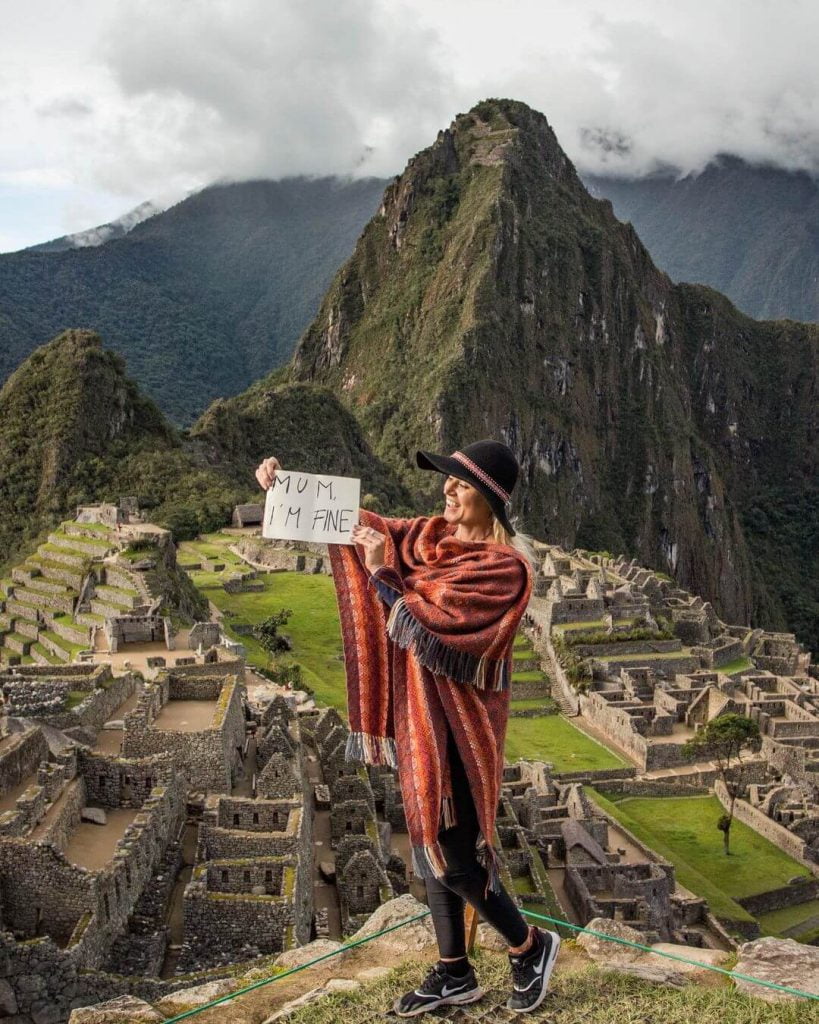

For those seeking to explore the Peruvian highlands and trek the Inca Trail, the months of April and October are recommended. These shoulder seasons offer a balance between good weather and fewer crowds compared to the peak months. However, it’s important to note that weather conditions in the mountains can be unpredictable, so it’s always a good idea to check the forecast and come prepared with appropriate gear.
Ultimately, the best season to travel to Peru depends on your preferences and the specific experiences you’re seeking. Whether you want to hike ancient trails, immerse yourself in vibrant festivals, or simply bask in the natural beauty of this diverse country, Peru has something to offer year-round. For more information read: Best time to visit Peru
When is the Best Time to Visit Machu Picchu?
Machu Picchu, the crown jewel of Peru’s archaeological wonders, is a bucket-list destination for many travelers. The best time to visit Machu Picchu is during the dry season, which typically runs from May to September. During these months, you can expect clearer skies and lower chances of rain, providing optimal visibility and stunning photo opportunities. The dry season also coincides with the peak tourist season, so it’s important to plan and book your visit well in advance to secure your desired dates.
While the dry season offers favorable weather conditions, it’s worth noting that Machu Picchu can still experience occasional showers even during this period. Therefore, it’s a good idea to pack a rain jacket or poncho to be prepared for any unexpected weather changes. Additionally, due to its popularity, Machu Picchu can get crowded, especially during peak season. To make the most of your visit, consider arriving early in the morning or exploring the site in the late afternoon when the crowds tend to be smaller.
Some of the best tours to Machu Picchu from Cusco are:
1-Day Machu Picchu from Cusco
2-Day Machu Picchu tour from Cusco: Valley
3-Day Machu Picchu tour: Valley + Trek day
4-Day Machu Picchu tour: Valley + 2 days trek
5-Day Machu Picchu tour: City + Valley + 2 days trek
If you prefer to avoid the peak tourist season and enjoy a quieter experience, you can consider visiting Machu Picchu during the shoulder months of April and October. Although the weather may be slightly more unpredictable, you’ll have a better chance of finding fewer crowds and still being able to appreciate the beauty of this ancient citadel. For more information, read: Best time to visit Machu Picchu.
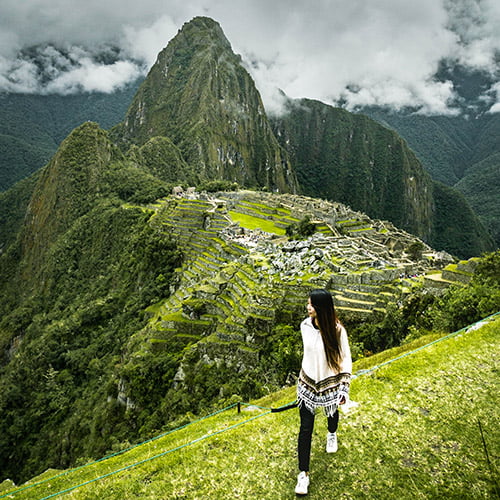

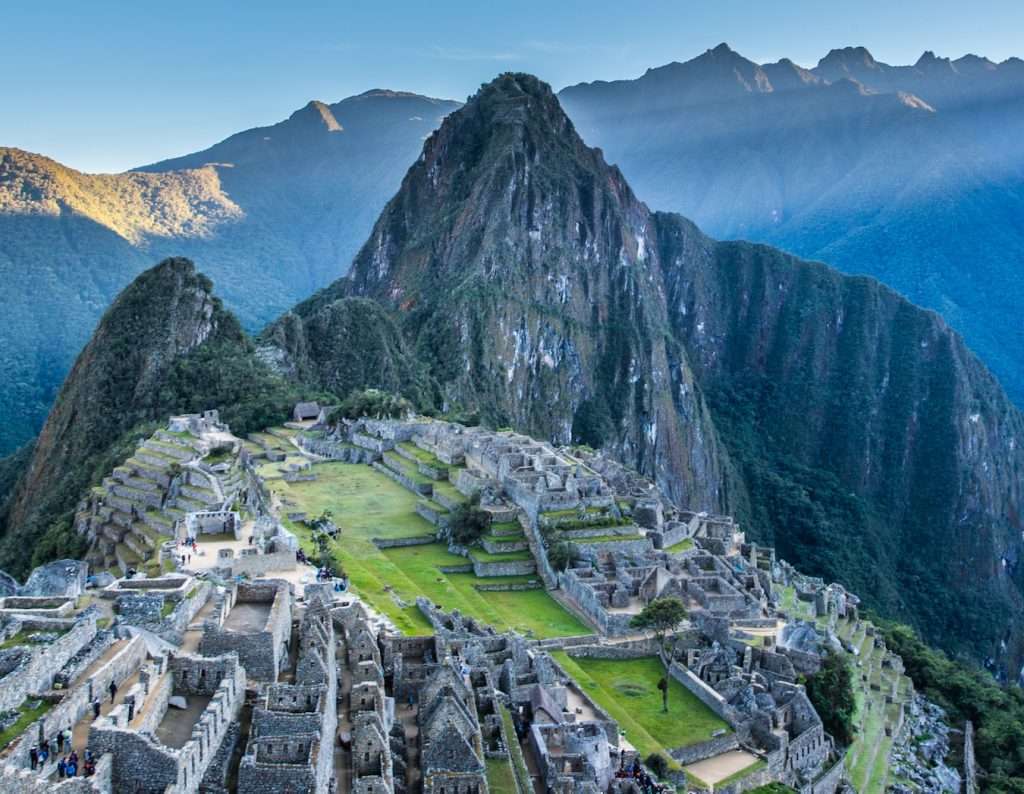

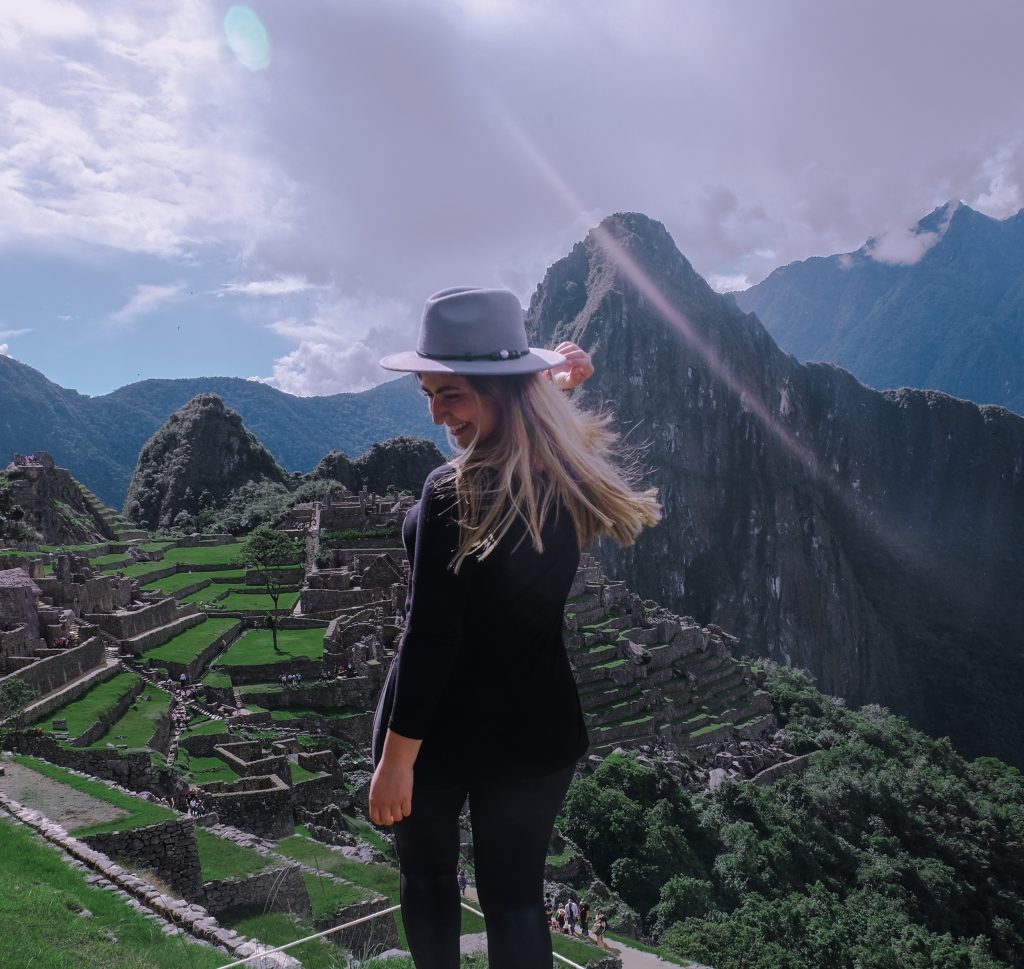

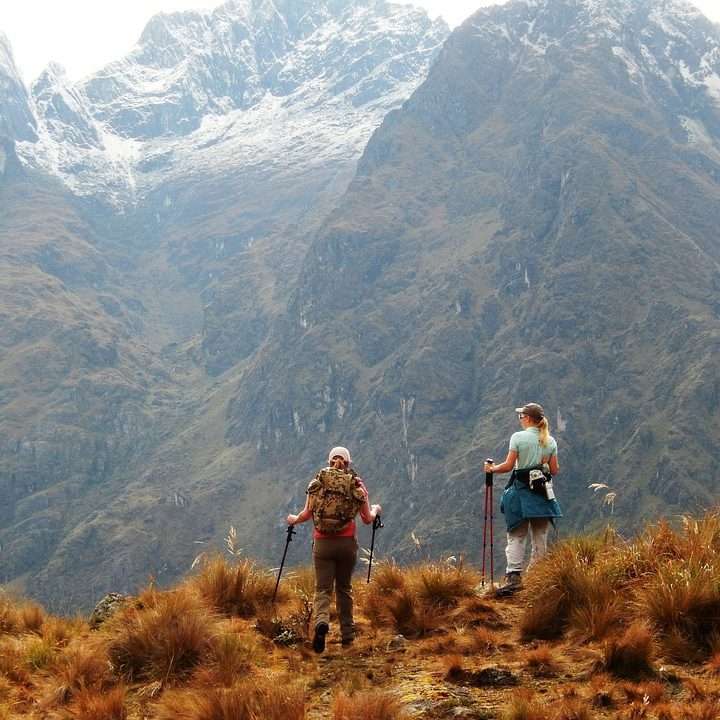

When is the Best Time to Hike the Inca Trail?
The Inca Trail is a legendary trek that leads adventurers through stunning landscapes, ancient ruins, and breathtaking mountain vistas. To make the most of your hiking experience, it’s important to choose the right time to embark on this unforgettable journey.
The best time to hike the Inca Trail is during the dry season, which spans from May to September. During these months, you can expect clearer skies, drier trails, and more stable weather conditions, ensuring a safer and more enjoyable hiking experience. The dry season is also the peak tourist season, so it’s advisable to book your permits well in advance, as they have limited availability.
If you’re looking for a quieter hiking experience with fewer crowds, the shoulder months of April and October can be excellent alternatives. Although these months may have slightly more unpredictable weather, you’ll still have the opportunity to witness the beauty of the trail while encountering fewer fellow hikers.
It’s important to note that the Inca Trail is closed for maintenance every February, so it’s not possible to hike during that month. Additionally, it’s recommended to be in good physical condition and acclimatize to the altitude before undertaking the trek.
Whether you choose the peak season or the quieter shoulder months, embarking on the Inca Trail is a once-in-a-lifetime experience that will immerse you in the ancient history and natural splendor of Peru. Read More: Best time to hike Inca Trail
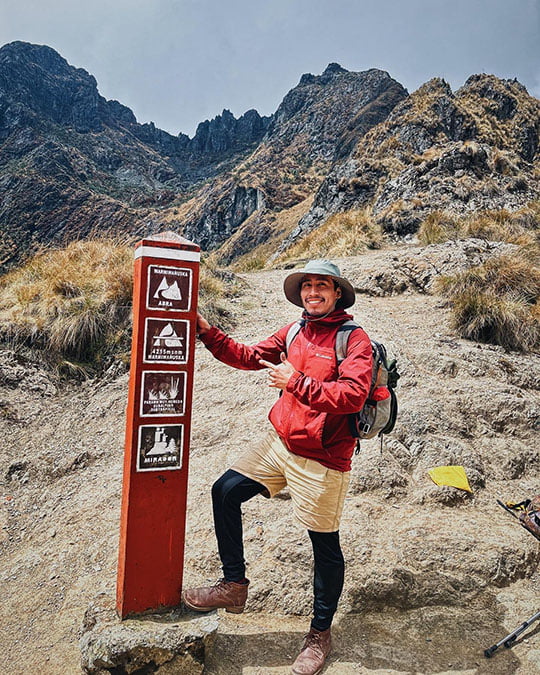

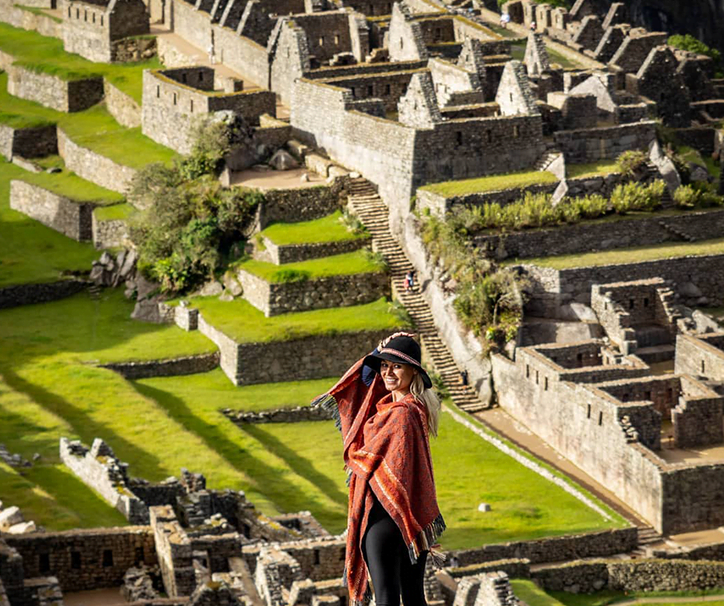

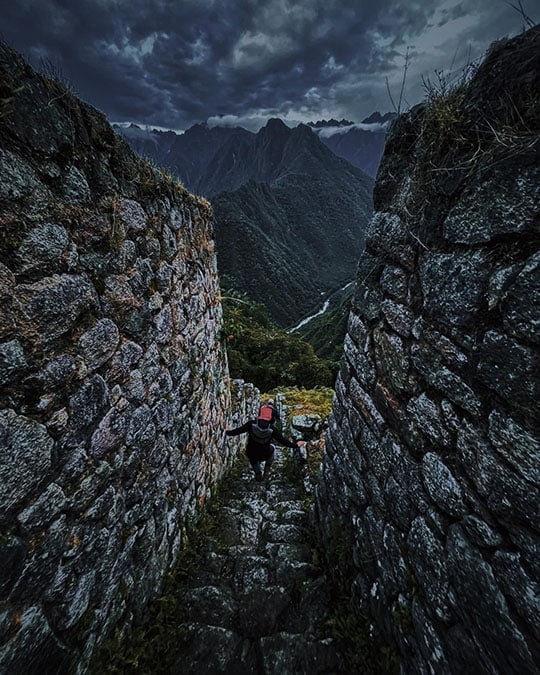

Conclusion
Peru, with its fascinating history, breathtaking landscapes, and warm culture, offers a treasure trove of experiences for every traveler. There are many interesting and fun facts about Peru, every corner! From exploring the ancient ruins of Machu Picchu to immersing yourself in the vibrant traditions of Peruvian cuisine. The country is captivating and has something to offer at any time of the year.
Whether you choose to visit during the dry season for optimal weather conditions. Taking the Inca Trail during the peak hiking months, or travel during the low season to take advantage of more affordable prices. Peru promises an adventure filled with awe-inspiring moments and lifelong memories.
So pack your bags! Have fun and embrace the spirit of adventure. Get ready to uncover the fun facts about Peru, natural wonders, and rich cultural heritage that make this country a truly remarkable destination. Let this captivating country charm you with its warmth, diversity, and irresistible allure. Peru awaits your arrival with open arms, ready to weave its magic and leave an indelible mark on your heart.
